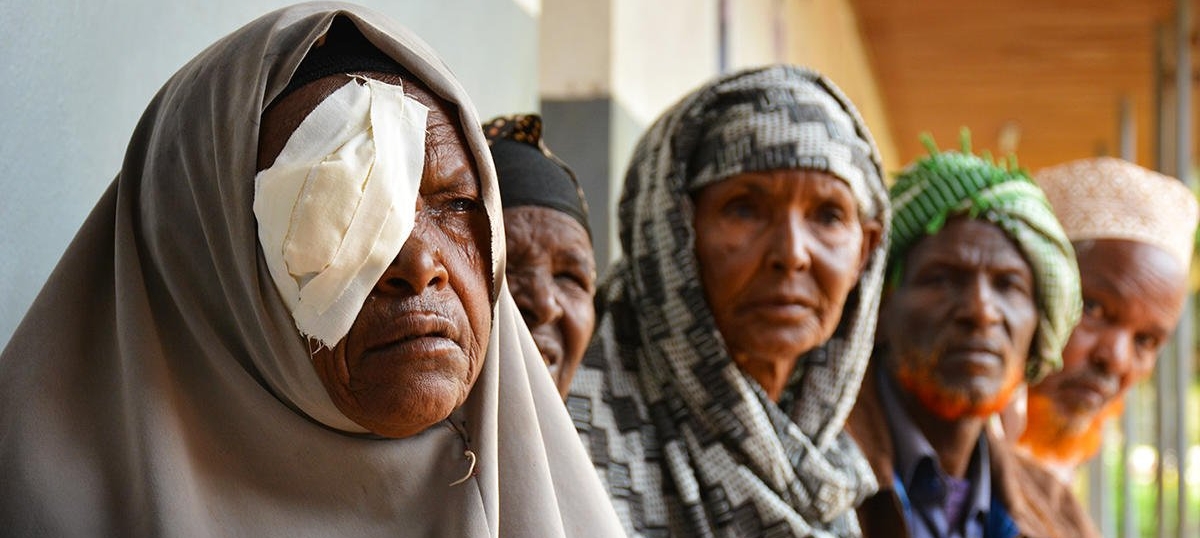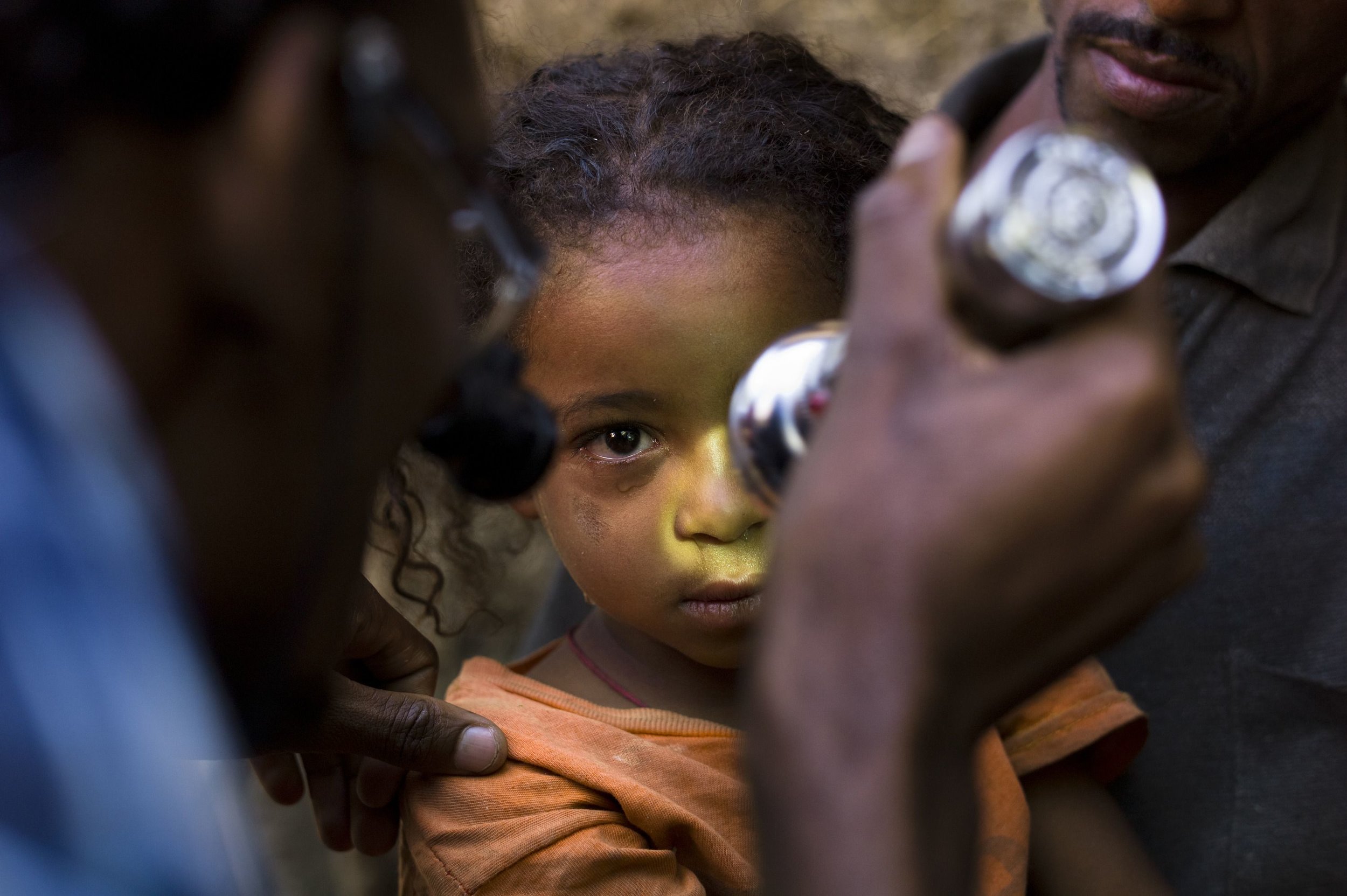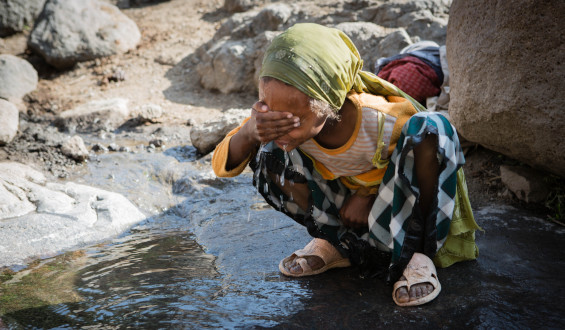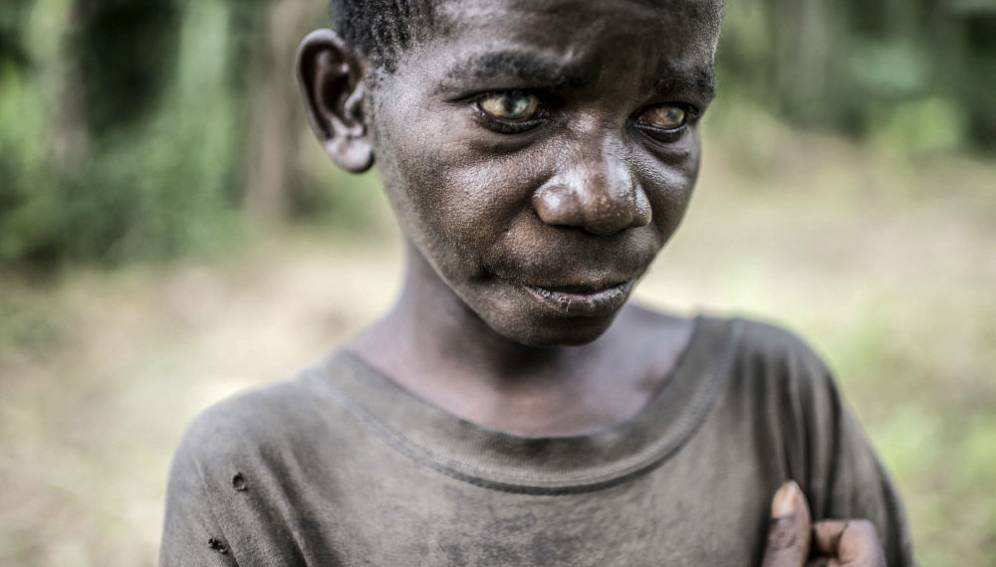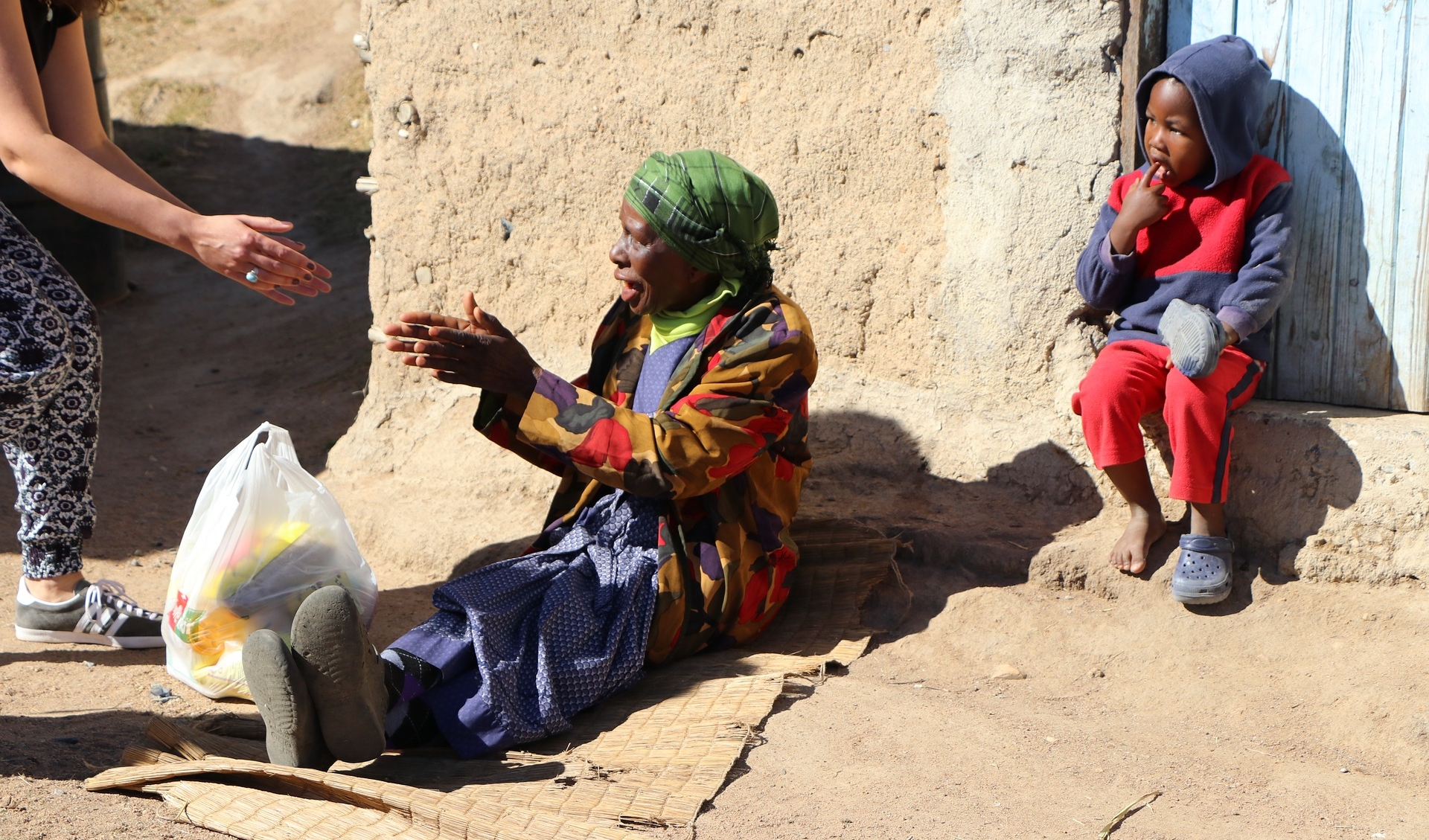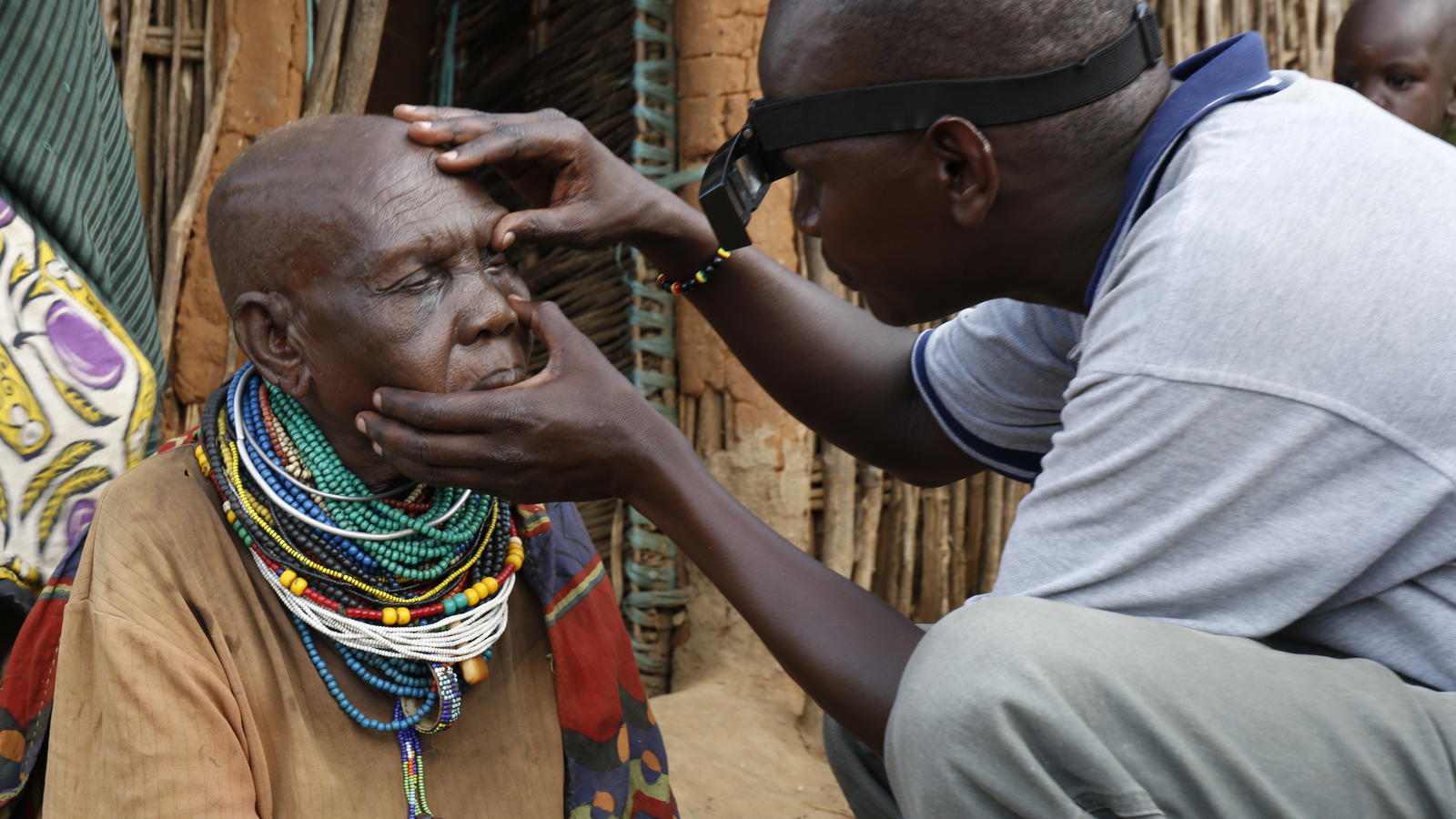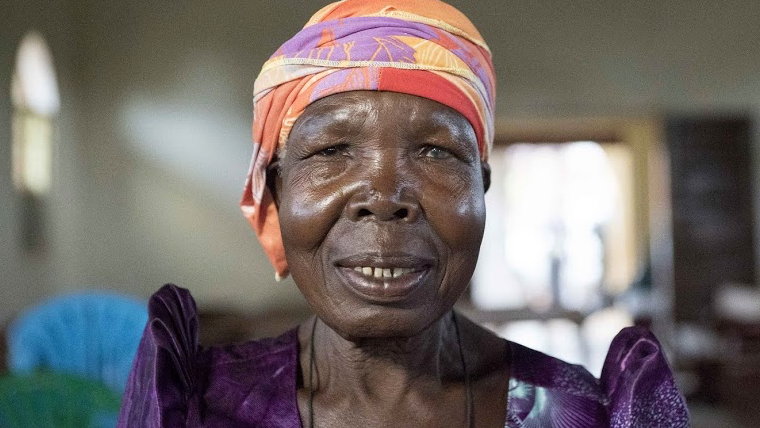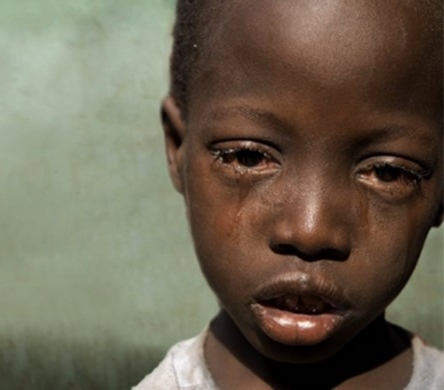
Trachoma, a closer look
We've all seen the photograph of an African child with flies in her eyes. The image illustrates how the bacterium spreads. While seeking moisture, flies transfer the bacterium from human or animal feces to the victim's eyes.
Trachoma is highly irritating and painful. When infected people rub their eyes, they spread the disease to their hands. Subsequently everyone they touch can become infected, creating a difficult to break cycle.
The human immune system will eventually eliminate the bacterium if there is adequate sanitation and hygiene. Developing countries, however, often lack water, especially in dry climates where trachoma thrives. Because water is scarce, it is rationed for drinking and cooking. Face washing and sanitation take a lower priority. Consequently, trachoma persists in these countries with a high rate of infection and reinfection.
Even when the infection appears to be inactive, irritation often continues and the disease can progress. The eyelids contract and pull the eyelashes inward. The lashes abrade the cornea of the eye with each blink. At this stage, preservation of sight requires corrective surgery. Without medical attention, the lashes scratch the lens to opacity, resulting in permanent blindness.
THE WORLD health Organization estimates:
21 million people have active trachoma worldwide.
Over 50% of the infections are children in many locations.
2.2 million people are visually impaired by trachoma.
1.2 million people are irreversibly blind.
7.3 million people require surgery to prevent blindness.
$8 billion is trachoma’s annual economic burden, primarily in impoverished countries.
2.5 million people suffer from trachoma in our initial target area.
We have over 62,000 people on our waiting list.
coping with trachoma





